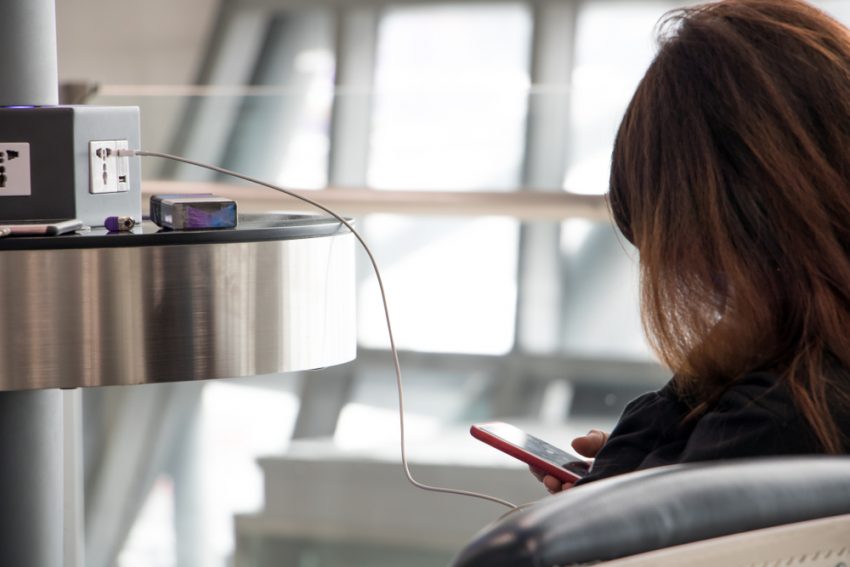
In a world driven by smartphones and digital devices, it’s no surprise that we’ve become increasingly reliant on our mobile devices. As a result, it’s not uncommon to find ourselves frantically searching for a charging station when our battery is running low. Unfortunately, the convenience of public charging stations comes with a hidden danger known as ‘juice jacking’. In this blog, we’ll explore what juice jacking is and the potential dangers it poses to your personal information and device security.
What is Juice Jacking?
‘Juice Jacking’ is a cyber threat that occurs when individuals connect their smartphones, tablets, or other electronic devices to public charging stations, such as USB ports at airports, hotels, cafes, and shopping malls. These charging stations are often provided as a convenient service to help you power up your device on the go. However, there’s a catch – when you plug your device into one of these charging ports, you might unknowingly expose your data and personal information to malicious hackers.
The Dangers of Juice Jacking:
Data Theft: Malicious actors can install malware on public charging stations, which can then infect your device when you connect it. This malware can steal sensitive information, including personal photos, login credentials, and even financial data.
How to Protect Yourself from Juice Jacking:
Now that you’re aware of the dangers of juice jacking, it’s essential to take steps to protect yourself and your devices when you need to charge in public places:
Juice jacking is a real threat, and its dangers should not be underestimated. While it’s essential to stay connected and keep your devices charged, it’s equally important to protect your personal information and privacy. By following these precautions, you can minimise the risk of falling victim to juice jacking and ensure that your devices remain safe and secure while on the go.
To view our suite of cybersecurity solutions, please visit – https://www.mjf.ie/solution/security-solutions/
Follow us on LinkedIn – https://www.linkedin.com/company/mjfloodtech/posts/